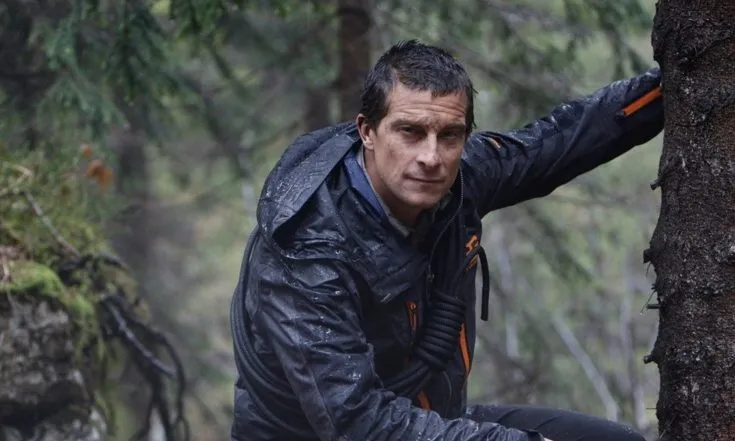

Bear Grylls has encountered all types of challenging situations during his expeditions, but he says that a forest fire is “one of the most terrifying and deadly phenomena you’ll ever encounter.”
Videos by Outdoors
Rule #1: Don’t start the fire
“Forest fires are often caused by humans. If you’re not careful, they might even be caused by you,” says Bear in How To Stay Alive. “It only takes an ember or a little spark.”
If you’re in an area with a campfire ban, don’t light a fire. If you’re making a permitted campfire in a forest area, always clear the ground to bare earth and surround the fire with a wall of rocks. Make the fire small and only burn timber; avoid burning material with foliage, so that burning leaves don’t blow off into the forest.
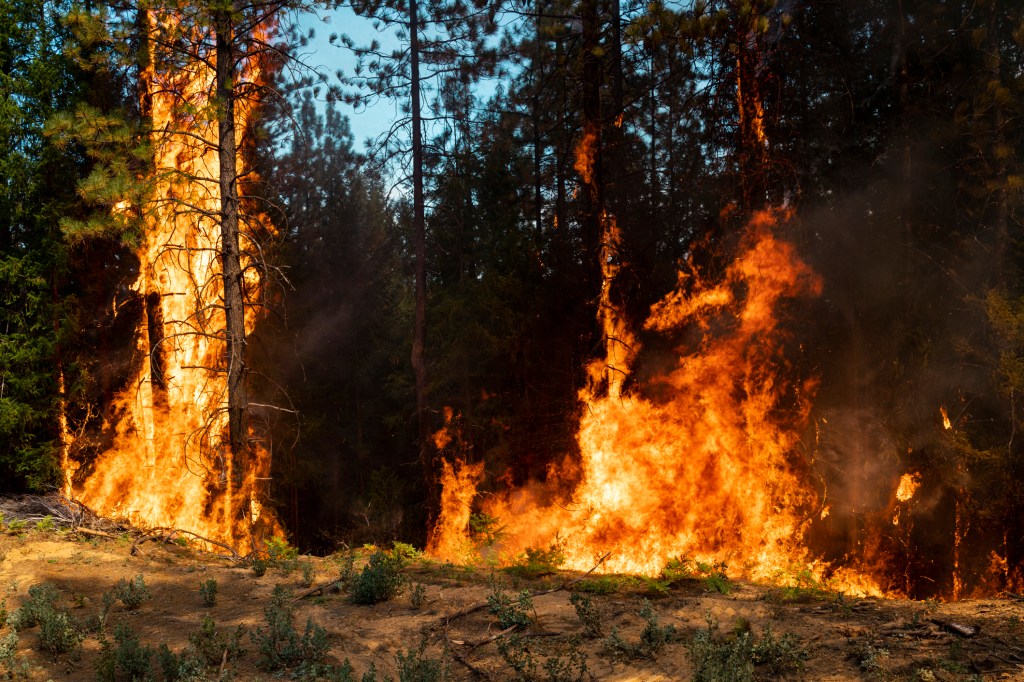
Mind the signs of danger
If you see lots of wildlife leaving the forest and the animals moving in the same direction, get out of there. You will also probably smell and hear a forest fire before you see it. If you sense those signals, leave the area quickly—once you can see the fire, the situation will be much worse.
Understand that flames aren’t the only risk
The heat from a forest fire could be as much as 2,000°F. It will radiate a long distance from the flames—and can burn you or even prove fatal before the flame reaches you. If you inhale the hot air, it could singe your lungs and the smoke and toxic fumes could be deadly.
The best plan when in imminent danger is to run. But forest fires can move at 20 miles per hour, so you’ll have to use your brain to figure out your best change for escape.
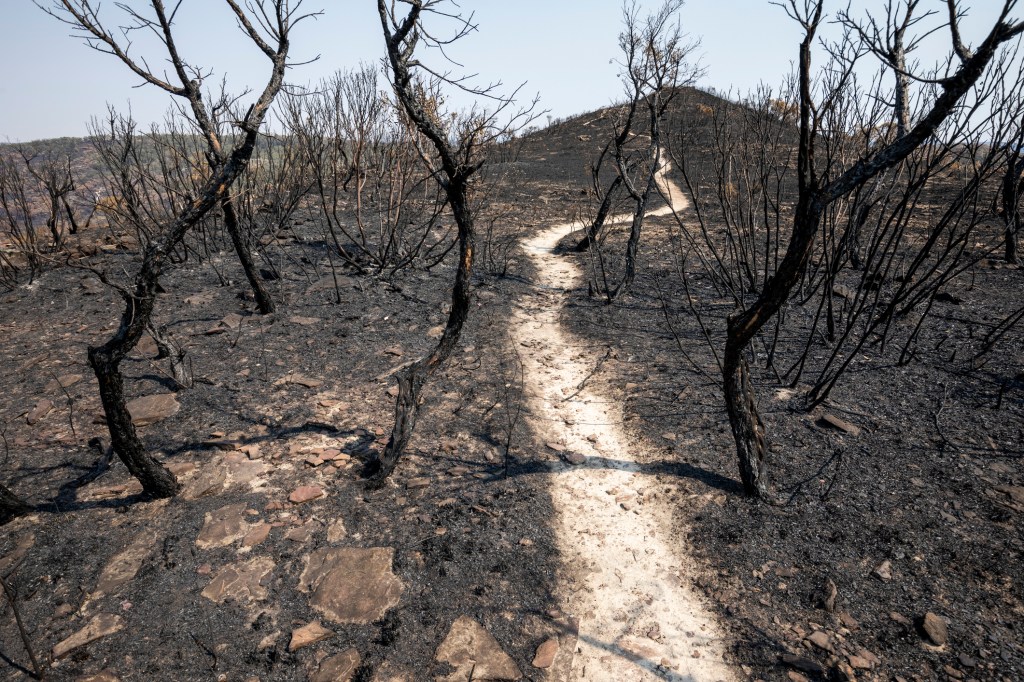
Run not like the wind
If possible, it’s best to move downhill rather than to high ground. But you’ll want to determine which way the wind is blowing, and ideally run into the wind. While a strong headwind might slow your progress, it will also slow the fire’s. If it seems like the wind is blowing the fire towards you no matter which way you go (or you must go in the direction of the wind to safely escape), run at right angles to the wind so you can move around the fire.
Look for fire breaks
Managed forests often have areas where the trees have been cut down intentionally to stop fires from spreading. If you don’t see such a clearing on the horizon, head for a large body of water like a river or lake, and cross it.
Make a last-ditch effort
If you can’t run and the flames are approaching, Bear says there are two options left. “Both are extremely high risk, and only to be considered when the alternative is death,” he says.
One is to start your own fire to burn away the fuel in a patch of terrain, so that when the wildfire arrives there is nothing left to burn. Your fire will burn in the same direction as the wildfire, so if you go opposite that, you’ll have safe ground to head to.
Another dire-emergency-only plan is to find or dig a ditch and cover yourself with earth. The fire will move over you, and you might survive.“This is last-gasp survival,” says Bear. “It will still be unbelievably hot and you will have an extra problem: The fire will consume much of your available oxygen as it passes over you. But in a worst-case scenario, this might just keep you alive.”
If trapped in a car…
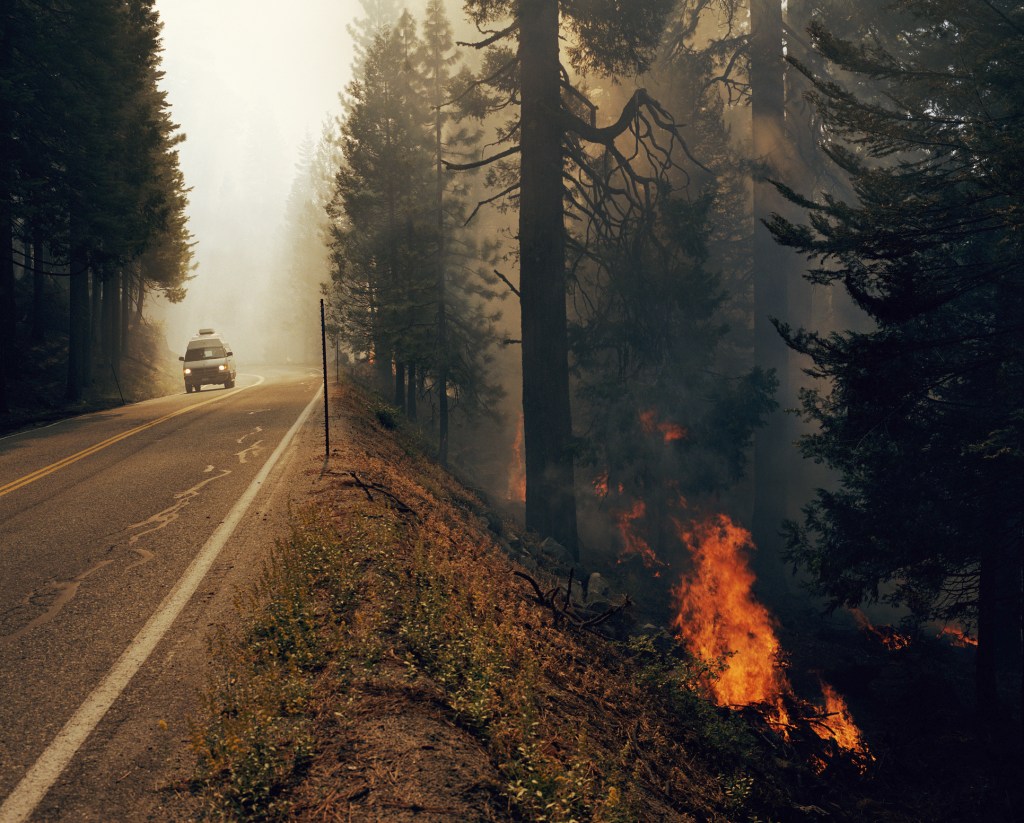
Being in a vehicle during a forest fire is not ideal, but if there is no alternative, take these survival steps:
- Roll up the windows.
- Close the air vents.
- Leave the engine running and set the air conditioning to recirculate.
- Drive away from the fire.
- Expect hot currents to rock the car.
- If the vehicle is disabled, get as low as you can and put coats or blankets over you.
More from Bear Grylls:
- How to Make a Toothbrush in the Wild
- Driving in the Snow
- How to Build Shelter in a Forest
- How to Survive Sub-Zero Temperatures
- What to do If You’re Bitten by a Snake
- How to Navigate Without a Compass
- How to Deal with Injuries in Survival Situations
- How to Find Water in the Mountains
- Making Shelter in the Snow
- Priorities of Survival
- How Bear Grylls’ Lights Fire in the Wild
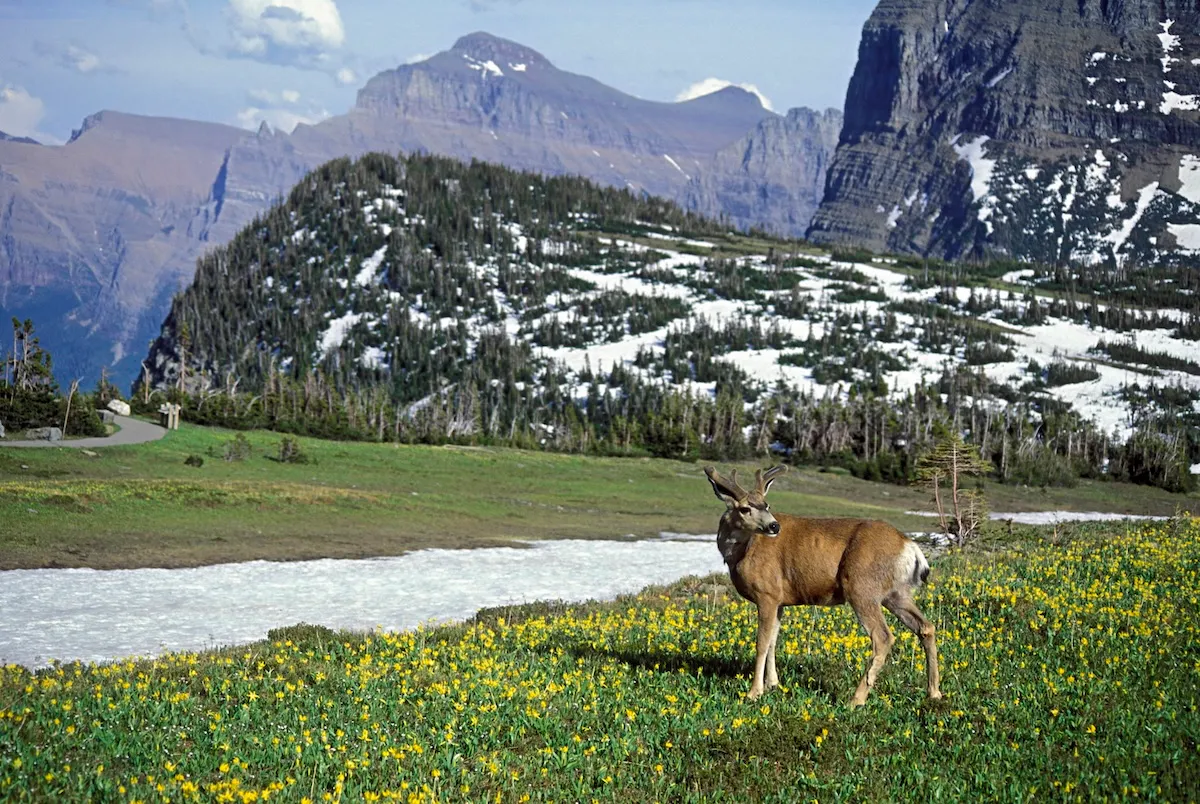
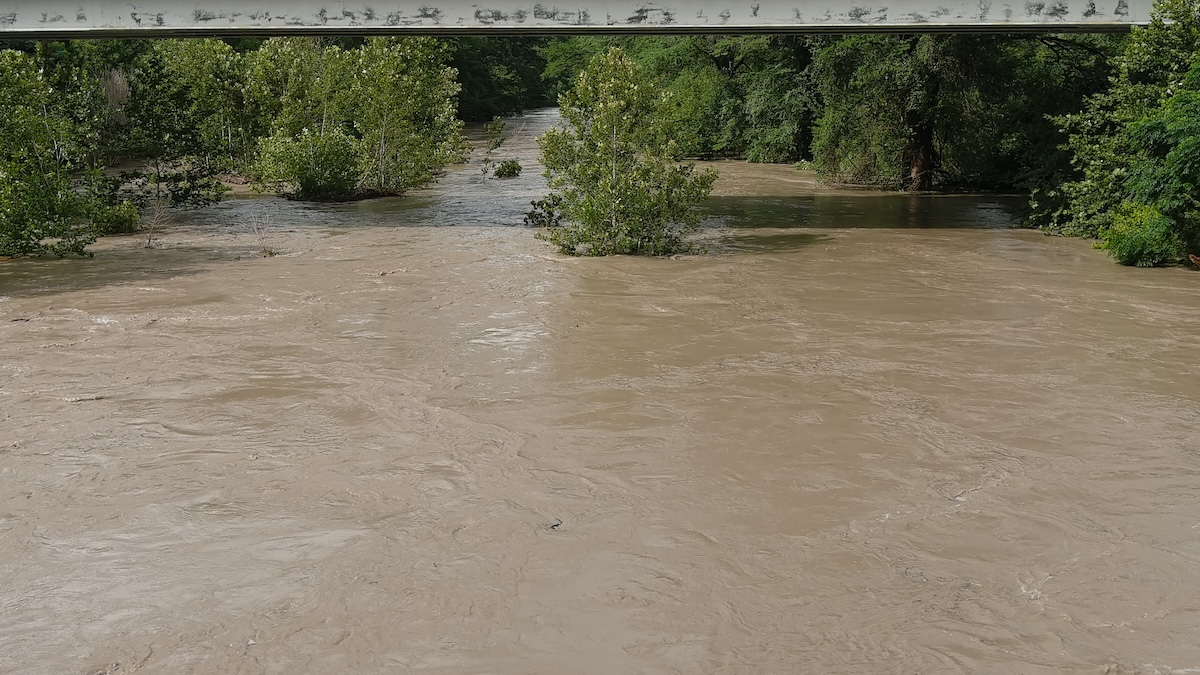
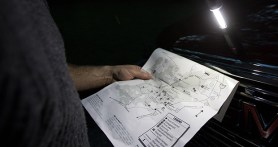


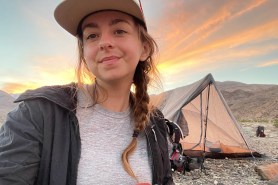
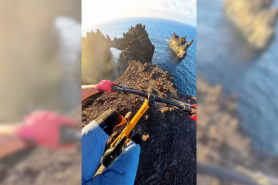



In other words, go where the fire isn’t. Thanks Bear, got it.
In other words, go where the fire isn’t.